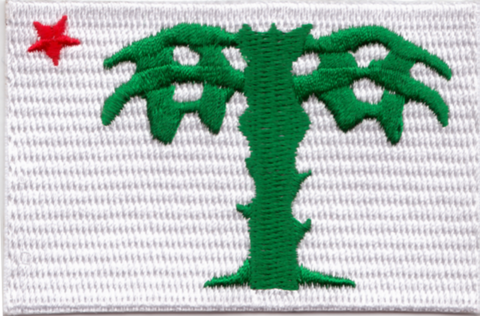In the early decades of the nineteenth century, Charleston sought to bolster its economy by attempting to attract trade from the west. One portion of this effort was the South Carolina Railroad, a pioneering part of American railroad history. First proposed in 1821, the railroad was chartered as the South Carolina Canal and Rail Road Company on December 19, 1827. Construction began in Charleston in January 1830; the entire road was built upon piles in an effort to avoid the cost of expensive embanking. The company let contracts to construct the road, and much of the labor was performed by slaves. In later years the railroad owned dozens of slaves to work on maintaining the line.
Despite being an entirely new transportation development, there was little resistance to the railroad’s introduction in the state. The vast majority of landowners along its route granted the company a free right-of-way and gladly hired out their slaves to work for the railroad. The city of Charleston, however, initially did not allow the company to use steam power south of Line Street, feeling that the noise was disturbing and fearful of the danger from sparks. When completed on October 3, 1833, the road stretched for 136 miles, from Charleston to Summerville, Branchville, Blackville, Aiken, and ending in Hamburg. At the time, it was the longest railroad under single management in the world.
Although the operators briefly experimented with trains driven by horse, steam was finally selected to power the engines. The first engine built in America for railroad service, the Best Friend of Charleston, was built by the West Point Foundry in New York City and made its formal debut on Christmas Day in 1830. The Best Friend ’s boiler exploded several months later, killing a fireman, but the road remained fully committed to steam.
Buoyed by its initial success, the South Carolina Railroad continued to spend money on improvements and additional track. The piling system proved ineffective, and the entire road had to be embanked. Branches to Columbia and Camden, both part of the original charter, were completed in 1842 and 1848, respectively. The Columbia branch departed the main line at Branchville and passed through Orangeburg, St. Matthews, and Hopkins. The Camden branch departed the Columbia branch near Kingville and included extensive trestlework over the Wateree Swamp. In 1853 the road was allowed to reach into Augusta, Georgia, and in 1858 the road was permitted to join its track to the Georgia Railroad, finally completing the western link desired for decades.
The South Carolina Railroad’s track, buildings, and rolling stock were thoroughly destroyed during the Civil War. Rebuilding began immediately, and Columbia and Charleston were reconnected in January 1866. The company, however, quickly became mired in debt, and after a protracted court battle, the company was sold in 1881 to a committee of New York stock and bond holders. The new owners acquired several wharves in Charleston and built or bought additional track. But they were also unsuccessful in making the road profitable, and the company passed into receivership in 1889. It was sold in 1894 to another group of New York capitalists, who operated it as the South Carolina and Georgia Railroad Company. Five years later the road was leased to the Southern Railway. It was then consolidated into the Southern Railway–Carolina division in 1902, ending the South Carolina Railroad’s existence as an independent company.






Share this item: